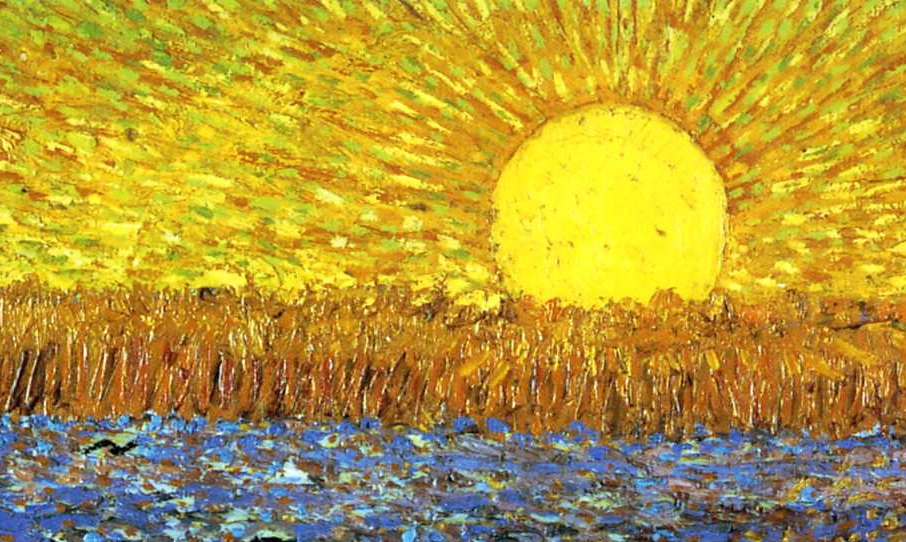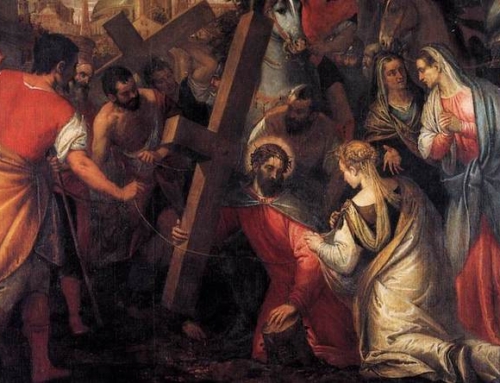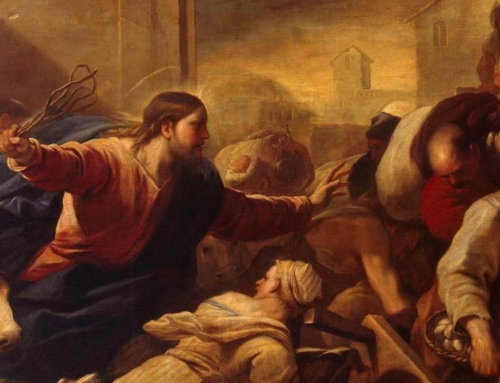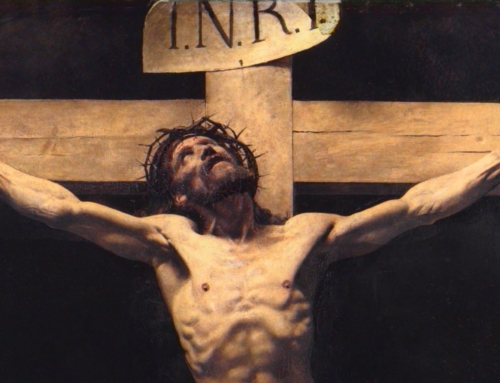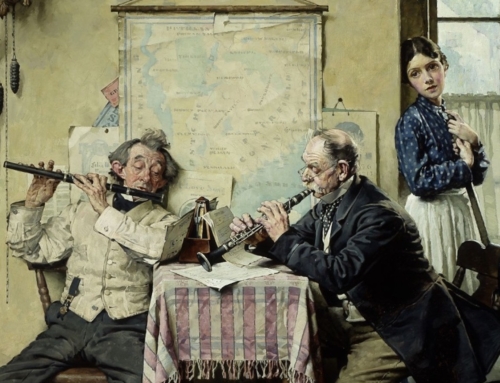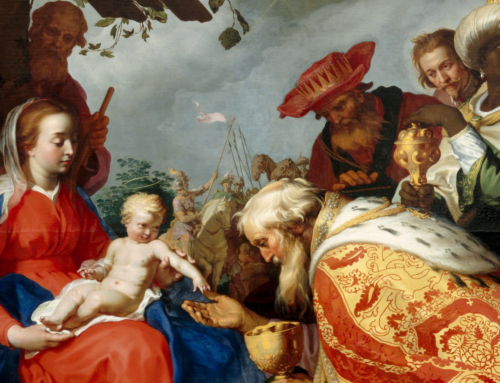One hundred years ago today, many thousands of people near a little town in Portugal beheld the Sun “dance” in the sky.
We know the story from the many eyewitness accounts. On a dark and cloudy day, crowds gathered around the children visionaries, awaiting a sign. Suddenly, the Sun broke through the clouds, shining brightly. The people watched for a long time as the Sun seemed to whirl around in its place and then move side to side. They became afraid when the Sun seemed to be falling on the earth, and by the time they saw it return to its place, most of the crowd had knelt, praising God and imploring His mercy.
We might ask ourselves why God chose this sign in particular. Why didn’t He just let the people in Fatima see the apparitions of Our Lady, St. Joseph, and Jesus that the children were experiencing? Why the dancing Sun?
St. Francis of Assisi might give us a way towards the answer. In his famous Canticle of the Sun, the poverello writes:
Be praised, my Lord, through all your creatures,
especially through my lord Brother Sun,
who is the day; and you give us light through him.
And he is beautiful and radiant in all his splendor!
Of you, Most High, he bears the likeness (significatione).
In all created things we can find a trace of God (ST Ia, q.45, a.7), but St. Francis boldly claims that the Sun especially signifies the Lord. It is easy to see why this might be. As we depend on the Sun for light and warmth, all the more do we need God to grant us His truth and love. The Sun is strong and life-giving. So much so that the pagans worshipped it and Plato used it as his analogy for the immaterial Good. And we don’t escape this theme in our own day—even Superman relies on the Sun for his powers.
Christianity uses the Sun especially to image the Son of God. Ancient Christian artists depicted Christ using imagery associated with Apollo, the Greek Sun deity. Or again, the early Roman Church appropriated the pagan title sol invictus (the unconquered Sun) to speak of the Risen Jesus. The liturgy too depicts the Lord Jesus as the true Sun, as for example in the Advent antiphon O Oriens:
O Radiant Dawn,
splendor of light eternal and sun of righteousness:
Come and enlighten those who dwell in darkness and the shadow of death.
This way of speaking about Jesus is firmly grounded on the Gospels. Matthew in his account of the Transfiguration draws the connection explicitly. He tells us that Jesus’ “face shone like the Sun” (Mt 17:2). This simile with the great celestial light points towards Christ’s own heavenly light. It is Jesus who is Our Sun, Our Lord, Our Brother, and Our Day. Through Him, God gives us the light of His Truth and the warmth of His Love. He is infinitely beautiful and radiant in splendor. And He not only bears God’s image, but is the perfect image of the invisible God.
So why did God choose the Sun for His miracle in Fatima? I think it was to have us remember His Son through a created sign that He often used before. Through the Sun, He calls our attention to Jesus, the Radiant Dawn He promised to the world. But why did the Sun dance? Perhaps it was God’s way to remind us that by grace we can live heliocentric (Christocentric) lives, revolving always around Christ. And that if we do, the Lord Jesus will lead us, as in a dance, to share the life of that Triune Love which moves the Sun and the other stars (Dante, Paradiso 33, 145).
✠
Image: Van Gogh, The Sower

